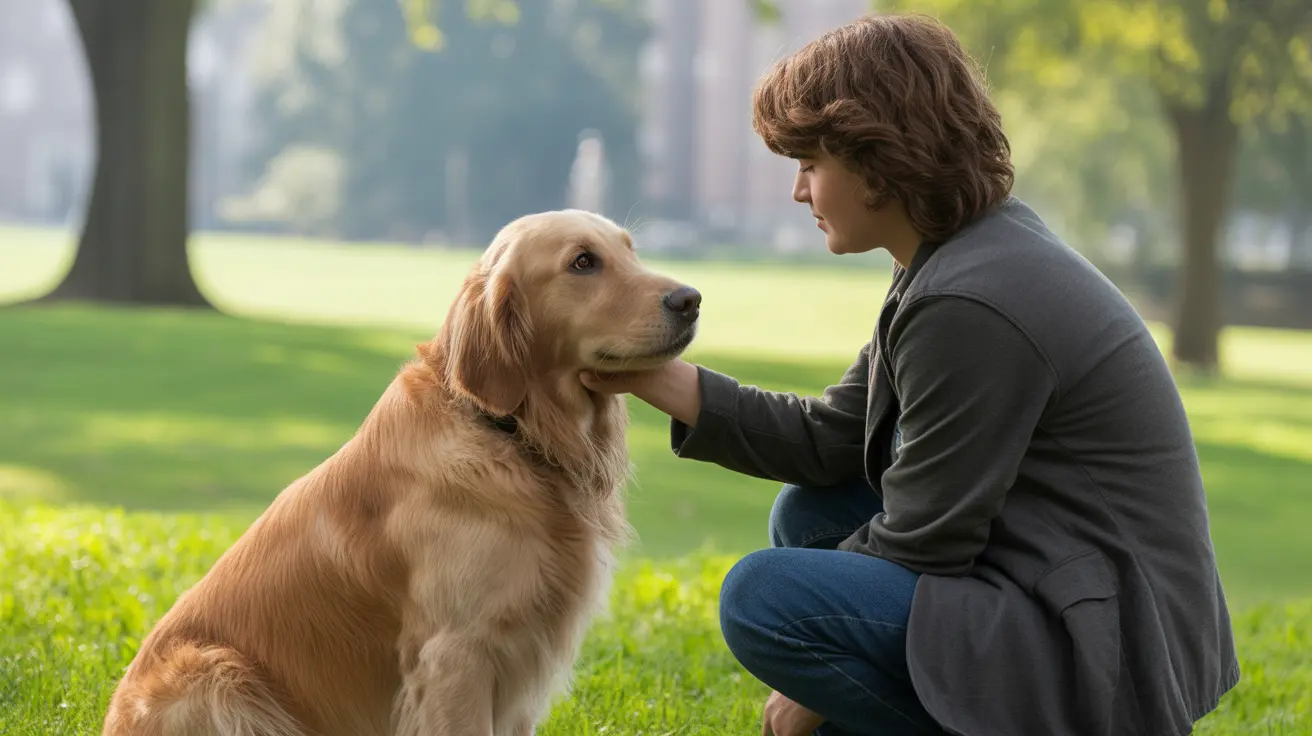What Happens If My Dog Eats a Small Amount of Azalea?
Azaleas are beautiful flowering shrubs commonly found in gardens and yards. However, despite their ornamental appeal, azaleas pose a significant risk to pets, especially dogs.
Even ingesting a small amount of azalea can be enough to cause toxicity in dogs due to the presence of a compound called
grayanotoxin. In this article, we delve into the dangers of azalea ingestion for dogs, what symptoms to look for, and how to act quickly to safeguard your pet's health.
Understanding Azalea Toxicity
Azaleas belong to the larger Rhododendron family and contain grayanotoxins that disrupt sodium channels in cell membranes. These toxins affect:
- Cardiac and skeletal muscles
- Nerve function
- Respiratory system
Even a tiny amount—
0.2% of your dog's body weight—can lead to symptoms. This means that a 30-pound dog could become ill after consuming just 0.5 to 1 ounce of azalea plant material.
Early Symptoms to Watch Out For
Clinical signs of azalea poisoning may appear within a few hours and include:
- Vomiting and diarrhea
- Excessive drooling
- Loss of appetite
- Lethargy or weakness
- Abdominal discomfort
As the condition progresses, more severe symptoms can occur:
- Low blood pressure
- Arrhythmias or irregular heartbeat
- Rapid or shallow breathing
- Seizures or tremors
- Coma or death in severe cases
Diagnosis and Treatment Protocol
If you suspect that your dog has ingested any part of an azalea plant, contact your veterinarian immediately. Diagnosis is primarily based on history and plant identification but may include:
- Physical examination
- Blood work and biochemistry
- Urinalysis
Treatment strategies vary depending on the time of ingestion and severity of symptoms:
- Inducing vomiting and administering activated charcoal to absorb toxins if ingestion was recent and symptoms have not developed.
- Gastric lavage under anesthesia if a longer time has elapsed.
- Supportive care, including intravenous fluids, electrolyte correction, and medications such as atropine (for bradycardia) or lidocaine (for arrhythmias).
Recovery and Prognosis
Mild cases may resolve within 24 hours, while more severe or high-dose exposures can require more extensive care. Pets may remain disoriented post-treatment and might need to be kept isolated from children and other animals during recovery. It’s vital to monitor:
- Organ function
- Behavioral changes
- Heart and respiratory performance
The prognosis is generally
fair to excellent if the dog receives prompt and appropriate medical intervention.
Other Plants That Pose a Risk
Azaleas aren’t the only garden hazard for dogs. Be wary of these other toxic plants:
- Sago palm
- Tomato plants
- Aloe vera
- Ivy
- Amaryllis
- Daffodils
- Oleander
These plants can cause a range of adverse reactions, from mild gastrointestinal upset to severe systemic failures, including heart and liver damage.
Preventive Measures
To reduce the risk of poisoning:
- Remove toxic plants from reachable areas
- Train pets not to chew on garden foliage
- Supervise outdoor activities
- Consult your vet about pet-safe landscaping
If you keep bees or consume local honey, be cautious. Rarely, grayanotoxins can be found in honey made by bees that gather nectar from azaleas or rhododendrons.
Conclusion
Dogs are curious by nature and may chew on plants during play or exploration. While it might seem minor,
consuming even a small amount of azalea can be dangerous. Time is of the essence in cases of azalea poisoning, and prompt veterinary care significantly improves the chances of recovery. Awareness and quick action can make all the difference in protecting your furry friend.





